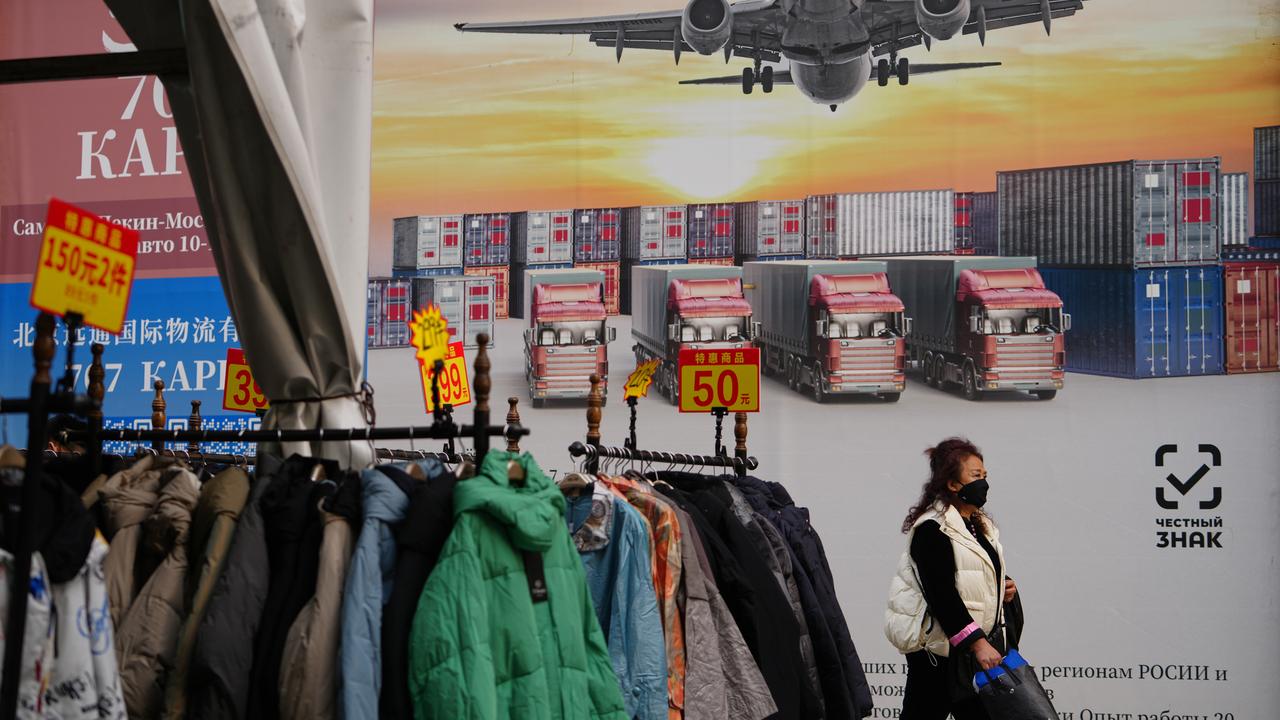China’s producer price deflation eased in October and consumer prices returned to positive territory, as the government steps up efforts to curb over-capacity and cut-throat competition among firms.
Despite the improvement in headline numbers, analysts warn that deflationary pressures on the world’s second-largest economy are not yet over, and the government may have to roll out additional policy measures to spur demand.
“Demand remains weak but a rebound in CPI indicates that supply-side policies are having an effect, and the supply-demand balance in many industries is improving,” Xu Tianchen, senior economist at the Economist Intelligence Unit said on Sunday.

“The future trend of inflation will depend on how much demand-side policies are strengthened.”
The producer price index fell 2.1 per cent in October from a year earlier, National Bureau of Statistics (NBS) data showed, compared with an expected 2.2 per cent decline in a Reuters poll of economists. The index has remained negative since October 2022 and dropped 2.3 per cent in September.
NBS statistician Dong Lijuan said capacity management in key industries has narrowed year-on-year producer price declines. In coal mining and washing, the price drop narrowed by 1.2 percentage points and price falls in photovoltaic equipment, battery, and automobile manufacturing narrowed by 1.4, 1.3, and 0.7 percentage points, respectively.
Consumer prices edged up 0.2 per cent from a year earlier, reversing a two-month decline and beating the estimate for no change.
Against the previous month, CPI rose 0.2 per cent in October after rising 0.1 per cent in September and compares with a forecast of no change.
Core inflation, which excludes volatile prices of food and fuel, was up 1.2 per cent year-on-year in October, quickening from the one per cent increase in September and hitting a 20-month high.
Food prices fell 2.9 per cent year-on-year, after dropping 4.4 per cent in September.
The October price figures indicate that government efforts to rein in excessive competition have helped stabilise prices, but lukewarm domestic demand and geopolitical tensions continue to cloud the business outlook.
“It is too early to conclude the deflation is over,” said Zhiwei Zhang, president and chief economist at Pinpoint Asset Management.
“We need to wait for a few more months of data to judge if the deflation dynamic has changed fundamentally.”
China’s economic growth slowed to its weakest in a year in the third quarter, and the youth unemployment rate remained elevated despite a dip in September.
Policymakers have refrained from aggressive stimulus this year, with the central bank keeping interest rates steady for five months, partly due to resilient exports following a trade truce with the United States.
China has recently unveiled some fiscal and quasi-fiscal policy support measures, but analysts remain divided on whether the central bank will implement further easing measures, such as interest rate cuts, by the end of the year.
China’s economy is on track to meet the government’s target of around five per cent growth this year, but producer deflation, as well as downbeat factory activity and an expected contraction in exports in October, indicate waning growth momentum.
Australian Associated Press is the beating heart of Australian news. AAP is Australia’s only independent national newswire and has been delivering accurate, reliable and fast news content to the media industry, government and corporate sector for 85 years. We keep Australia informed.





